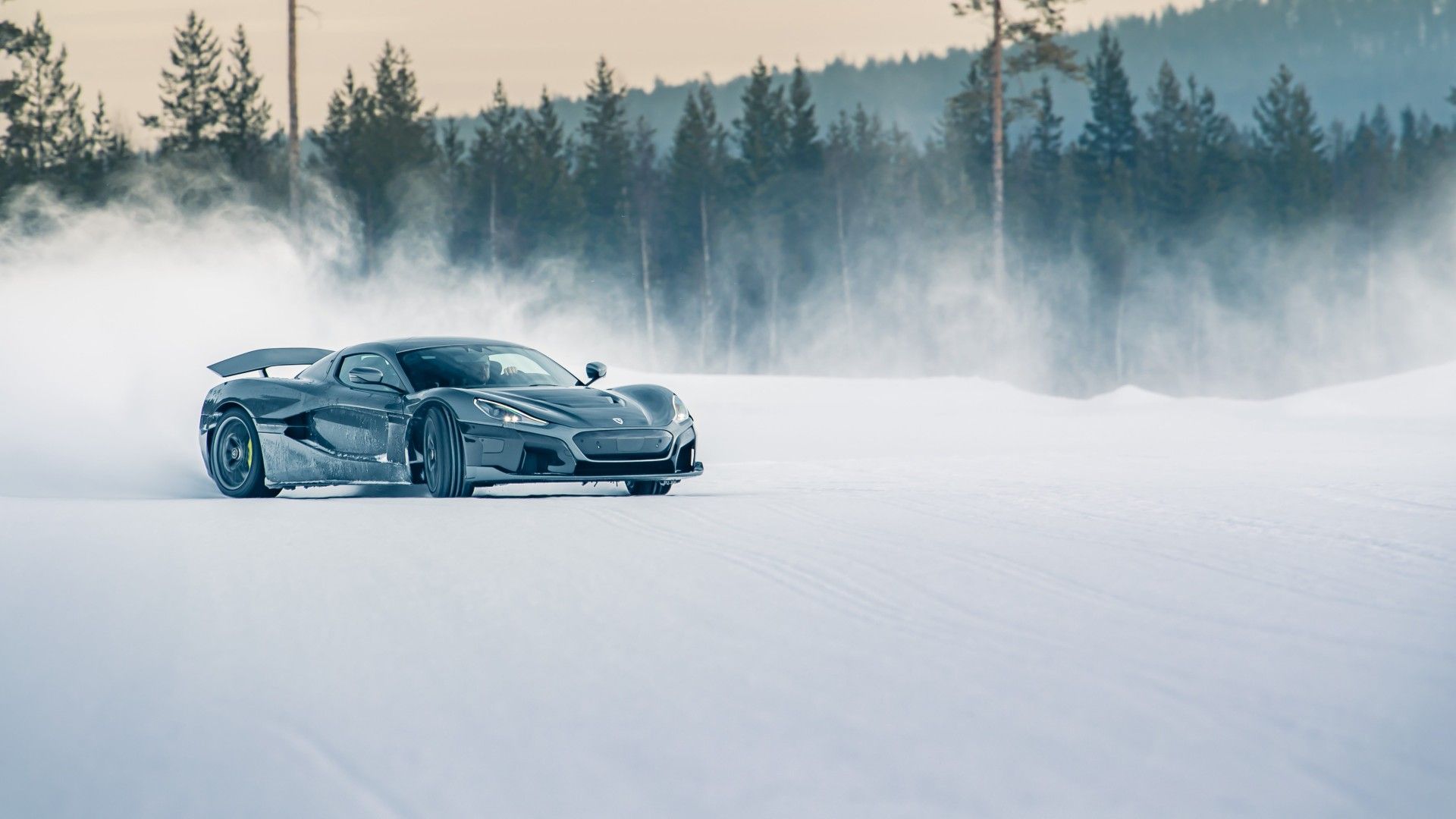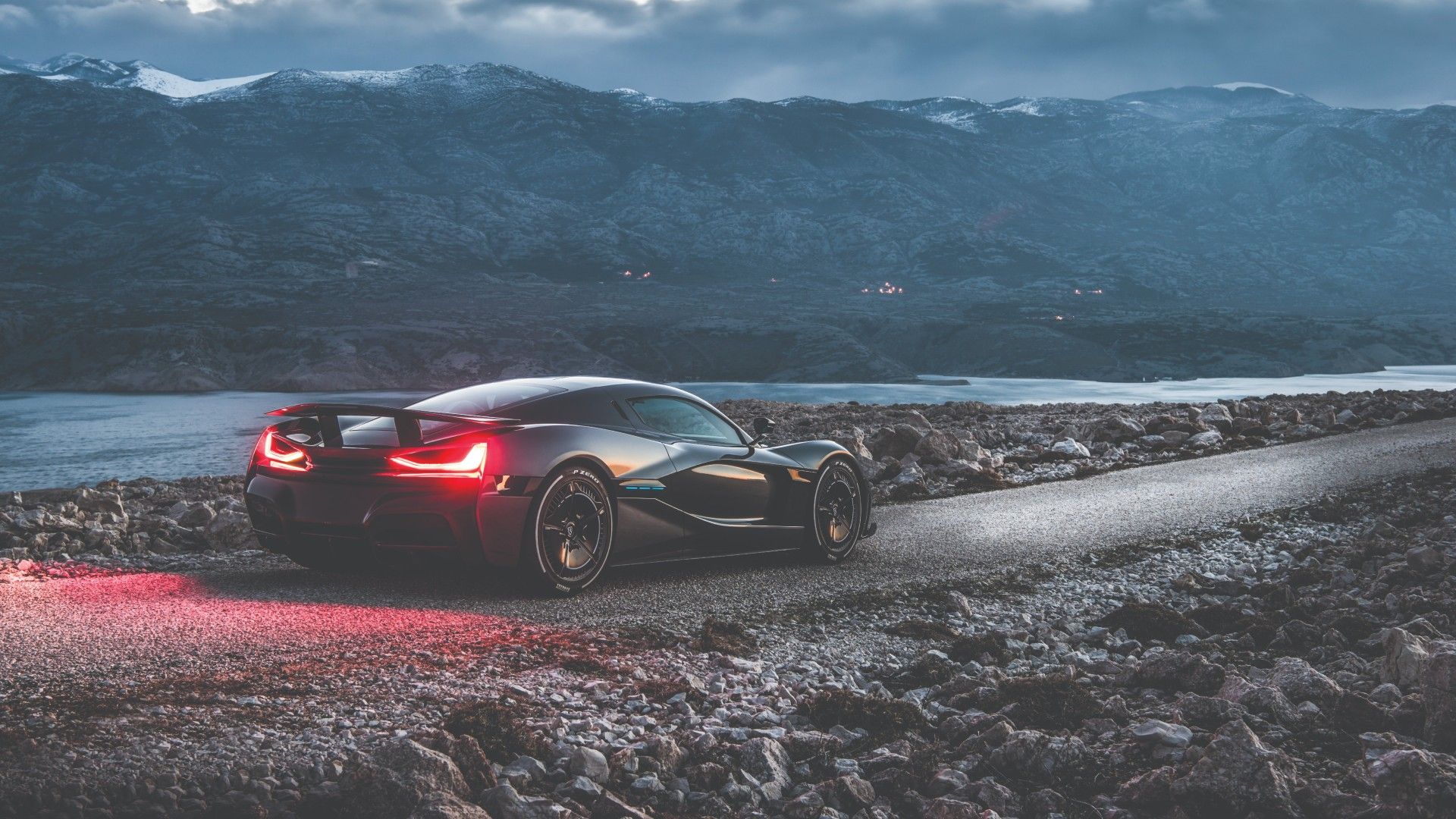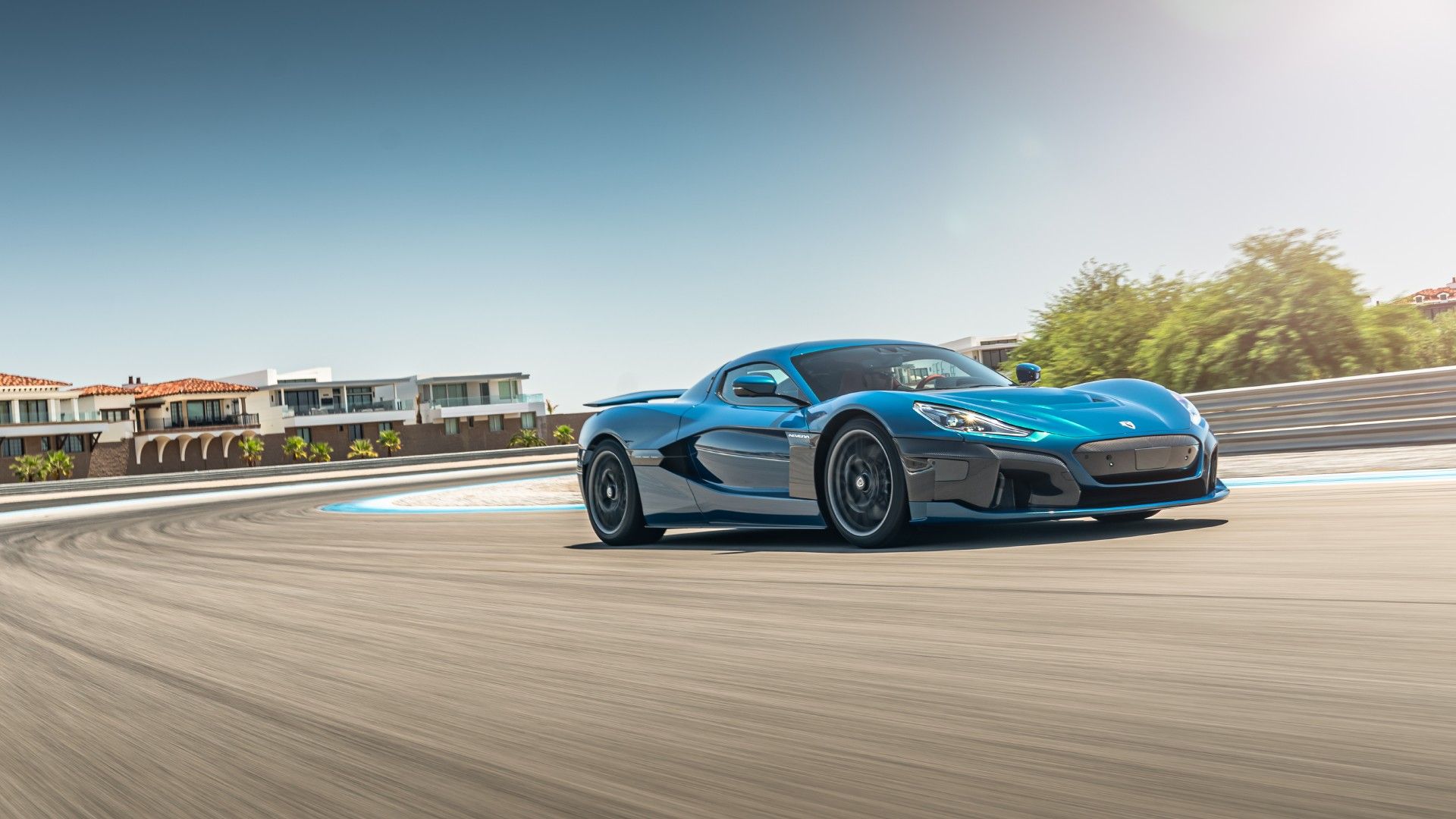Ever since its foundation in 2009, Rimac Automobili has been on a quest to revolutionize the automotive industry. Over the years, the Croatian manufacturer has given us two of the best electric performance cars in the market. Today, it makes the headlines once again with its latest prodigy: The Nevera. While the title of hypercar is not easy to earn, the concept itself is quite simple. You see, hypercars were put on this earth to do three things: look fancy, go really fast, and break records. The Rimac Nevera checks all of those boxes. As a matter of fact, it just checked that last one over 20 times. The Croatian juggernaut on Michelin wheels recently took center stage at the Automotive Testing Papenburg (ATP) facility where it shattered a total of 23 records in just one single day. Representatives from RaceLogic and Dewesoft were in attendance to independently verify the times, as the 1913 horsepower Nevera further cemented its legacy, one impressive feat at a time. The cherry on top? It turned out to be quicker than advertised!
The Rimac Adventure Started In A Teenager's Garage
In 2007, an ambitious teenager by the name of Mate Rimac went to his garage and decided to convert his 1984 BMW E30 into an electric vehicle. With Frankenstein-esque genius and inspiration from his idol, Nikola Tesla, the 19-year-old worked on his car for a year before he finally beheld the accomplishment of his tolls. And much like the protagonist from Mary Shelley’s classic, Mate was ultimately left unsatisfied with his creation. With the firm belief that he could conceive a more powerful EV with a broader range, he gathered a team of experts, and in 2009, he founded the now-famous Rimac Automobili.
After initially struggling to survive and facing some serious pushback from investors, the company would eventually reach greener pastures. Investments from Porsche, Hyundai, and Kia helped Rimac stay afloat. Today, the Zagreb-based manufacturer is thriving more than ever as it changes the game and sets new standards for its competitors. In 2021, Mate Rimac took over as CEO of the eponymously named Bugatti Rimac, a joint company that includes Porsche AG, Bugatti, and the Rimac group. This union will introduce the French supercar maker to a new era, as the successor of the Chiron is set to feature an all-electric motor.
Mate’s greatest creation so far remains the Rimac Nevera. The hypercar was introduced in 2018 at the Geneva Motor Show and was initially named the Rimac C_Two. The 2.2 million electric beast would later adopt its current name and enter production in 2021. It would go on to become the world's fastest accelerating production car in that very same year, with a verified quarter-mile run of 8.582 seconds. And while such an achievement would be enough to put any car in the hall of fame, the rest is even more history.
With A Top Speed Of 256 mph, The Nevera Is In A League Of Its Own
The Rimac distinguishes itself from other hypercars, not by outshining them, but by simply presenting a more modest look. While it certainly can’t be mistaken for anything but a sports car, it is definitely less flashy than the Aspark Owl, the Nio EP9, and the Fulminea Estrema, which is also eyeing a record of its own. The Rimac wears necktie-like shapes that run smoothly across each side to further emphasize the Croatian heritage. The body of the car is also covered in carbon fiber, and filled with air vents that serve to cool the engine down and maximize aerodynamic efficiency. The eco-friendly beast notably enjoys a drag coefficient of 0.3 and optimizes stability and handling at high speeds by providing the right amount of downforce.
It only takes a cursory glance at the specs to understand why the hypercar was fittingly named after the Croatian word for “sudden and short storms”. The performance EV comes with four motors that deliver a total of 1,914 horsepower and 1,741 pound-feet of torque. From rest, the Nevera can sprint to 60 mph in just 1.85 seconds, and to 100 mph in just 4.3 seconds. In 2022, it would go on to exceed its boasted top speed of 256 mph, when Miro Zrnčević hit an astonishing 258 mph at the Automotive Testing Papenburg track in Germany. The impressive accomplishment officially made the Nevera the fastest EV on the planet, leaving the Aspark Owl (249mph) and the New Tesla Roadster behind in the rankings.
The Nevera Went From 0 to 60mph In 1.74 Seconds!
Records have always been a great way for companies to add legitimacy to their specs and justify their seven-figure sticker prices. With standard Michelin Cup 2 R Tires, the Nevera collected over 23 accolades in the very same day, at the Automotive Testing Papenburg facility. The most impressive record on the list was the 0 to 60 mph with just 1.74 seconds. It is even more astonishing once you realize it actually exceeds the advertised 1.8 seconds! Our European friends might care more about the record of 0 to 100 km/h (62 mph) which was set at 1.82 seconds according to Recelogic, and 1.81 seconds according to Dewesoft. These feats came with a particular set of difficulties on non-prepped asphalt, says Gordan Drandak, who was the man behind the wheel. “That was quite a challenge because you need to have everything in its perfect position, regarding temperature outside, regarding the tire temperatures and tire pressure,” explained Drandak.
However, the test driver reassures us that the performance itself went quite smoothly, saying that “With the control systems that we have on the Nevera, it was quite easy to achieve all the records. You can literally eat an ice cream while doing most of them”. The hypercar was also able to cover a quarter mile in 8.26s according to Racelogic’s more moderate estimate, and did the standing mile in around 20.62s. From rest, the Nevera also reached 100 mph in 3.32 seconds according to Racelogic and 3.21 seconds according to Dewesoft. It also went from 0 to a staggering 250mph in just under 22 seconds according to both sources. A number of braking records were also achieved. The Nevera went from 62 mph to 0 in a distance of 95.5 ft according to Racelogic and 95.0 ft according to Dewesfot. The car also went from 0-62 mph-0 in 3.99 seconds according to Dewesoft while Racelogic timed it at 4.03s. A record of 0-249 mph-0 was also claimed in 29.94 seconds.
It'll be interesting to see how long each one of these accomplishments lasts before it is claimed by another hypercar. Namely, the Pininfarina Battista, the 2044 horsepower Estrema Fulminea and the mysterious yet promising new Tesla Roadster will all have ambitions of snatching the crown. But as always, only time will tell.



